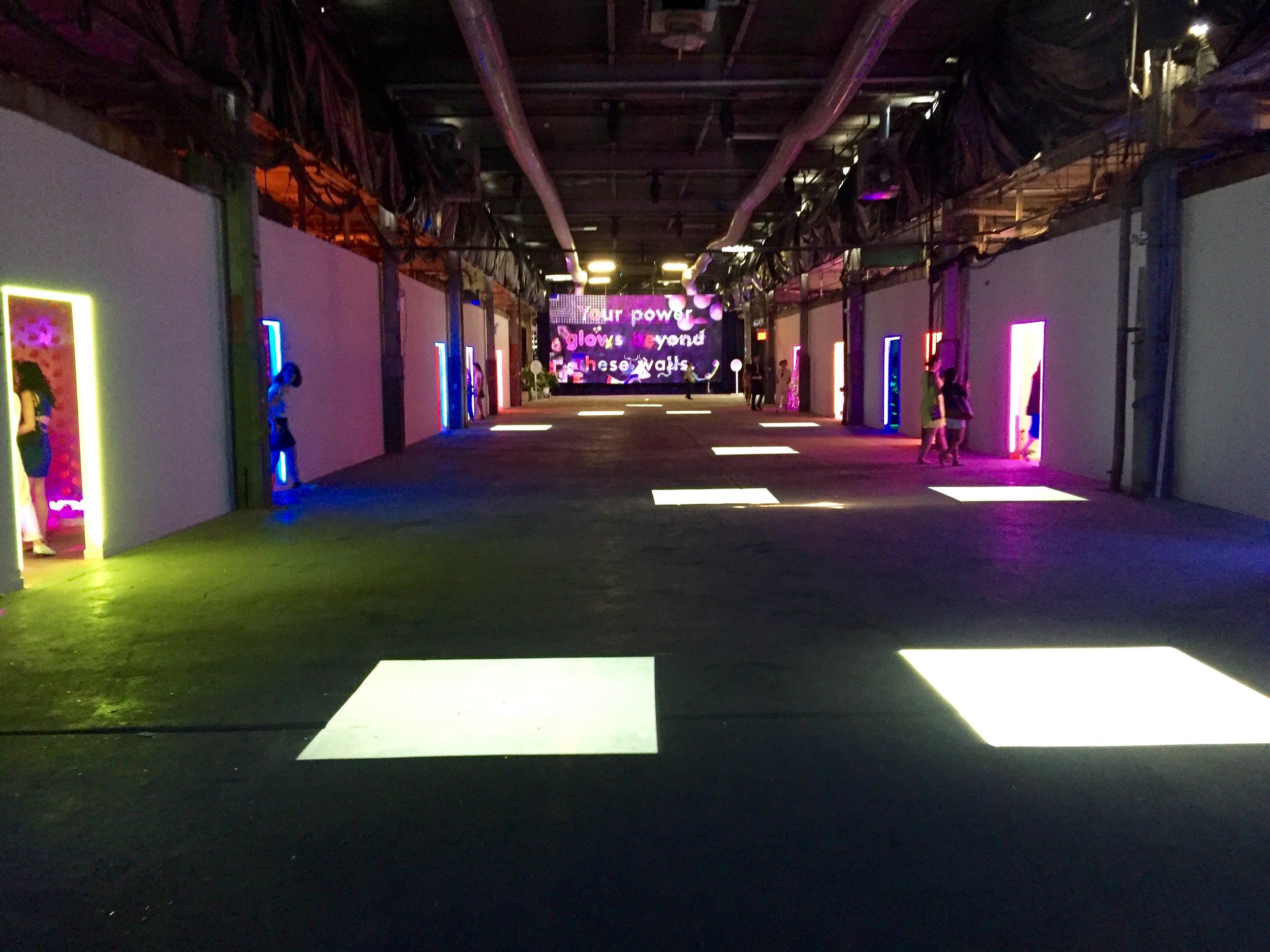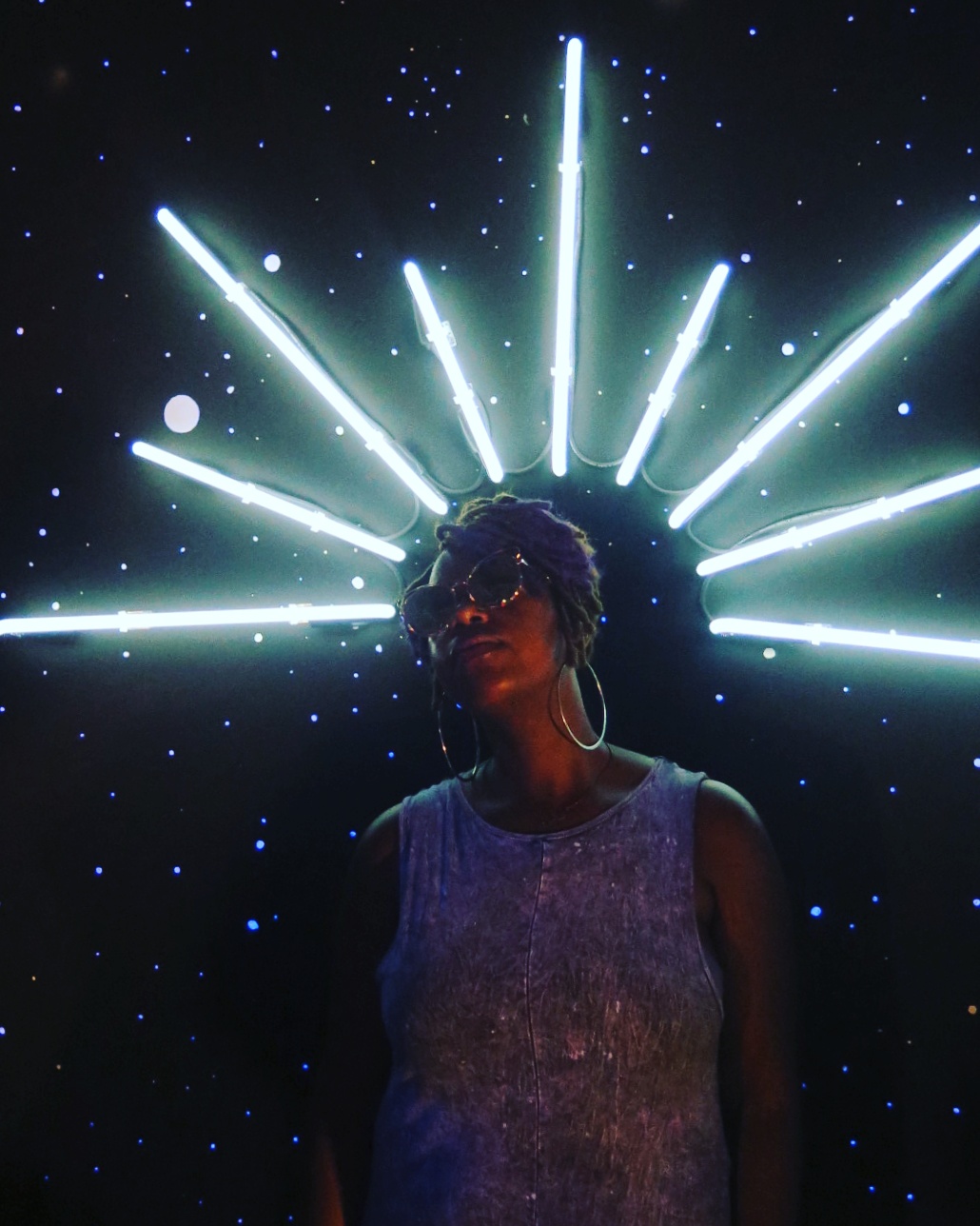Daniel Arsham "Circa 2345"
Kali Abdullah
This past weekend I viewed the Daniel Arsham "Circa 2345" exhibition at Galerie Perrotin, which recently opened Thursday, September 15th. I love a good installation show and this one did not disappoint.
Arsham using a medium of crystalline calcite, created standout pieces such as a glowing Spalding ball, an intriguing tower of footballs, a Yankees Hat and a Chicago Bulls Jacket (to name a few) in this radiant blue/purplish hue. The collection gives the illusion that you are viewing old deteriorated human artifacts of the past. The intense blue tone in his work is a stark difference from his previous collections which were mostly monochromatic black and whites. Apparently this stark blue results from Arsham’s research in correcting his inherent colorblindness.
On the lower level of the gallery, Arsham created this cave-like installation. Drawing on the themes of the fragility of human civilization and the nature of time itself, by transforming elemental materials such as stone, crystal, and ash into cultural artifacts. Arsham’s “Circa 2345” exhibit offers a glimpse into our current culture from the perspective of a future archeological site in the faraway future — from which the exhibition draws its name.
His work may seem familiar to you because Usher featured two views of a sculpture in this same archaeological style for his new album cover art. It was a collaboration between the two (artist and musician) and apparently Usher spent four hours sitting still while Arsham put him through the process of creating an ancient statuesque piece that might be discovered in sometime in the future.
Daniel Arsham's Exhibit:
September 15th - October 22, 2016
Galerie Perrotin - 909 Madison Ave, NYC 11021















































































































